
Karl G. Jansky Very Large Array

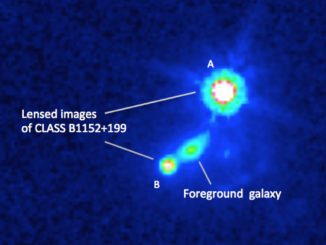
Astronomers investigate distant galaxy’s magnetic field
With the help of a gigantic cosmic lens, astronomers have measured the magnetic field of a galaxy nearly five billion light-years away. The achievement is giving them important new clues about a problem at the frontiers of cosmology — the nature and origin of the magnetic fields that play an important role in how galaxies develop over time.
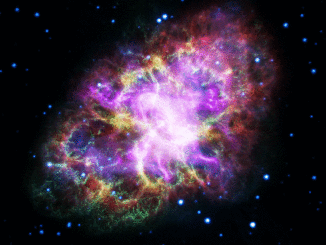

The Frontier Fields: where primordial galaxies lurk
In the ongoing hunt for the universe’s earliest galaxies, NASA has wrapped up its observations for the Frontier Fields project. This ambitious venture has combined the power of all three of NASA’s orbital observatories — the Spitzer Space Telescope, the Hubble Space Telescope and the Chandra X-ray Observatory — to delve as far back in time and space as current technology can allow.

Astronomers identify a young heavyweight star in the Milky Way
Researchers have identified a young star, located almost 11,000 light-years away, which could help us understand how the most massive stars in the universe are formed. This star, already more than 30 times the mass of our Sun, is still in the process of gathering material from its parent molecular cloud, and may be even more massive when it finally reaches adulthood.
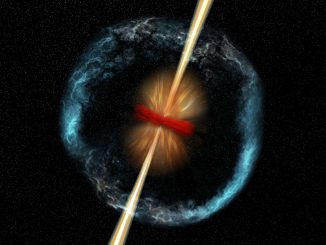
Chandra X-ray Observatory finds evidence for violent stellar merger
Gamma-ray bursts, or GRBs, are some of the most violent and energetic events in the universe. Although these events are the most luminous explosions astronomers can observe, a new study using NASA’s Chandra X-ray Observatory, NASA’s Swift satellite and other Earth-based telescopes suggests that scientists may be missing a majority of these powerful cosmic detonations.

VLA reveals earliest stages of planet formation
New images of a young star called HL Tauri made with the Karl G. Jansky Very Large Array (VLA) reveal what scientists think may be the very earliest stages in the formation of planets. The scientists used the VLA to see unprecedented detail of the inner portion of a dusty disc surrounding the star, some 450 light-years from Earth.
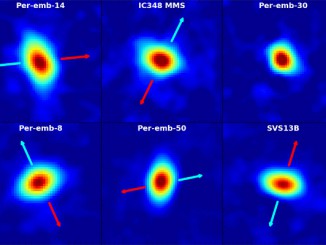
VLA reveals dramatic new evidence about star and planet formation
A detailed study of young stars and their surroundings has produced dramatic new evidence about how multiple-star systems form and how the dusty discs that are the raw material for planets grow around young stars. Scientists used the Very Large Array (VLA) radio telescope to study nearly 100 newborn stars in a cloud of gas and dust about 750 light-years from Earth.
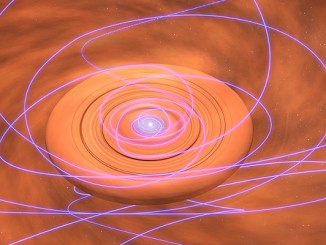
Twisted magnetic fields give new insights on star formation
Using new images that show unprecedented detail, scientists have found that material rotating around a very young protostar probably has dragged in and twisted magnetic fields from the larger area surrounding the star. The discovery, made with the Very Large Array radio telescope, has important implications for how dusty discs — the raw material for planet formation — grow around young stars.
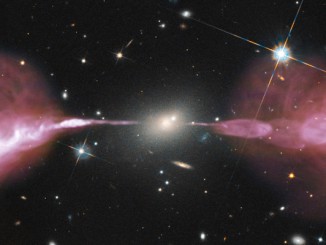
A supermassive black hole in action
Scientists often use the combined power of multiple telescopes to reveal the secrets of the universe — and this image of elliptical galaxy Hercules A is a prime example of when this technique is strikingly effective. Radio observations with the Karl G. Jansky Very Large Array were combined with the Hubble visible-light data obtained with the Wide Field Camera 3 to create this striking composite image.
